Since the end of what people in the West call the Vietnam War in 1975, and the brief border conflict between China and Vietnam in 1979, Vietnam has been at peace.
Remarkably, the nation of Vietnam enjoys an ever-improving relationship with the United States and the West and has been growing economically for the last 25 years.
For a nation that was embroiled by war and occupation for centuries, this is an amazing turn-around.
For a thousand years, from the 1st century B.C. until almost 1000 A.D., the Vietnamese people were ruled by foreigners.
In the case of the northern section of the country, China ruled Vietnam as a vassal state, occasionally punishing it by increasing the amount of tribute due, or by direct invasion.
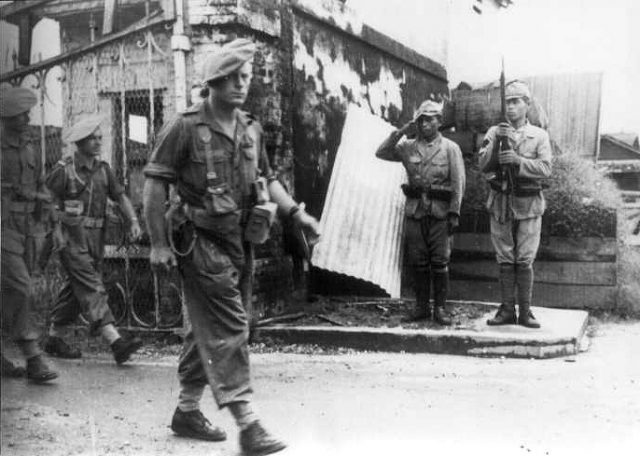
In the south, the scattered Vietnamese people were subjects of both the Khmer Empires (centered in present-day Cambodia), and the Champa Kingdom of what is today the southern Vietnamese coast (the Champa were a Malayan-Polynesian people who had invaded by sea).
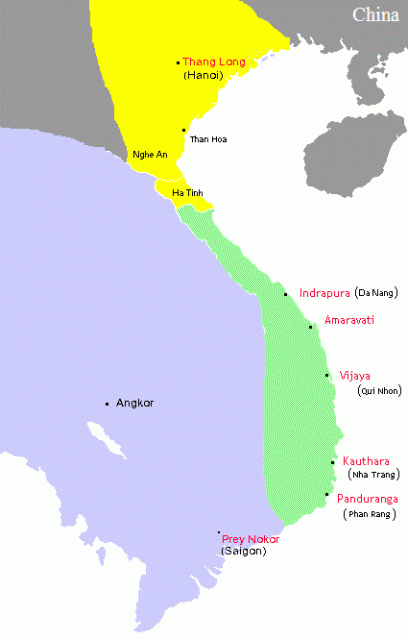
After throwing off the Chinese yoke, the people of Vietnam, centered around the ancient city of Hanoi, began to expand southward. Over the course of the next few centuries, what we recognize as Vietnam was formed.
This did not mean an end to warfare, however, and occasional war with China, Cambodia and what is today Thailand was coupled many times with civil strife in wars of dynastic upheaval.
Bythe early 1800s, most dynastic questions had been settled, and while Vietnam was not exactly unified (it was controlled by various regional ruling families of differing power), it at least was ruled by Vietnamese people.
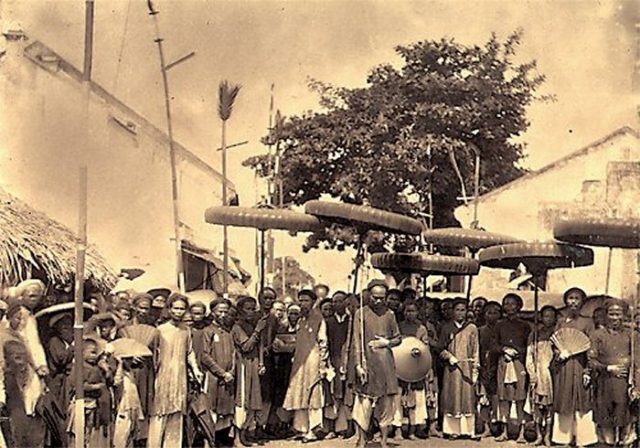
This began to change in the mid-1800s, when the French began a series of invasions and “divide and conquer” tactics that would end with French control of the entire country in 1882 (along with modern-day Laos and much of Cambodia). From this time forward, people in the West referred to the region as “French Indo-China”.
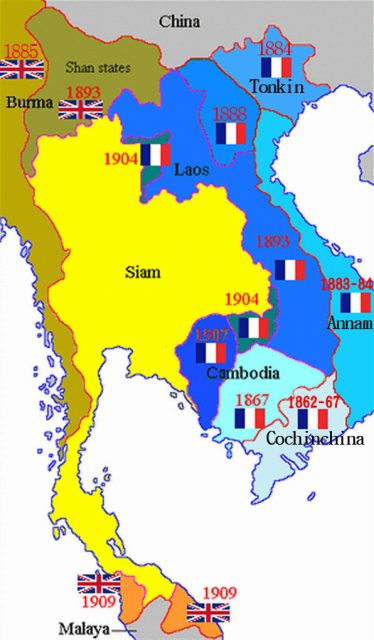
For some Vietnamese, mostly from upper class and trading backgrounds, French rule meant entry into the world’s economy.
On the top of the social scale, many leading Vietnamese families adopted French dress and habits and the French language. In many areas, the French were happy to let cooperative upper-class Vietnamese families control various areas – as long as peace was maintained and taxes kept coming into French coffers. In the South, Catholicism became a significant religion, which fed fires of resentment in other Vietnamese.
For the majority of the Vietnamese people, however, French occupation was hard. Taxes were heavy, the French, for the most part, were heavy-handed and in the cities, behaved as if the Vietnamese were second or third class citizens. Everywhere there were reminders/propaganda that French/European civilization was “superior.”
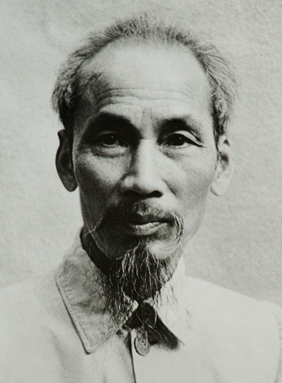
In the 1890s and again in the 1930s, revolts against French rule arose. Both of these were put down brutally. During the 1920s and 1930s, a small communist movement began, mostly in the North.
This was encouraged and supported by the Soviet Union, and by the Chinese Communists, who, though they did not yet control their own country, were a powerful force in the area by the mid-1930s.
The leader of the Vietnamese communists was Nguyen Sinh Cung, who also went by the name “Nguyen Ai Quoc” (“Nguyen the Patriot”) or most famously, as “Ho Chi Minh.”
By 1941, his organization, the “Viet Minh” (The League for the Independence of Vietnam), had begun a low-level insurrection against the French in the northern part of the country. However, things were about to get more complicated for the Vietnamese.
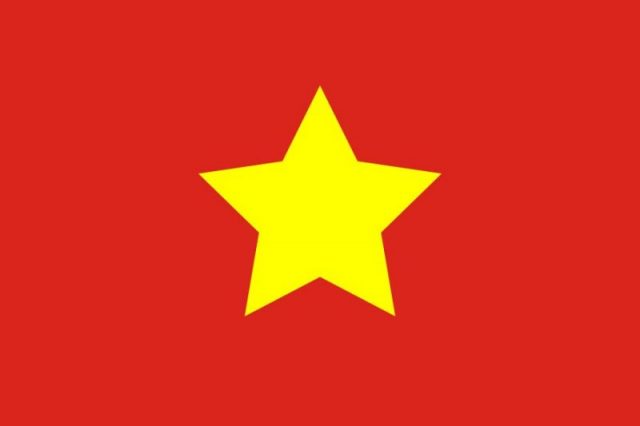
In 1941, the Japanese took advantage of the German defeat of France to invade French Indochina and take control in their drive to control Asia. Many of the French troops that remained in Vietnam followed the dictates of their collaborationist Vichy government and cooperated with the Japanese. Though French rule was not exactly benevolent, Japanese rule was brutal by any standard.
So in 1945 when the war against Japan ended, the Vietnamese people expected two things.
Vietnam War veterans are being honored at the 2017 Miramar Air Show.
First that the many Japanese troops left in their country would be sent home. Second, that the French (along with their allies, the British and Americans) would live up to their rhetoric of the war years, and give Vietnam its independence as a free and liberated nation. After all, isn’t that what they had fought for?
Not quite. For the French and British especially, the defeat of Japan and Germany meant the return of business as usual.
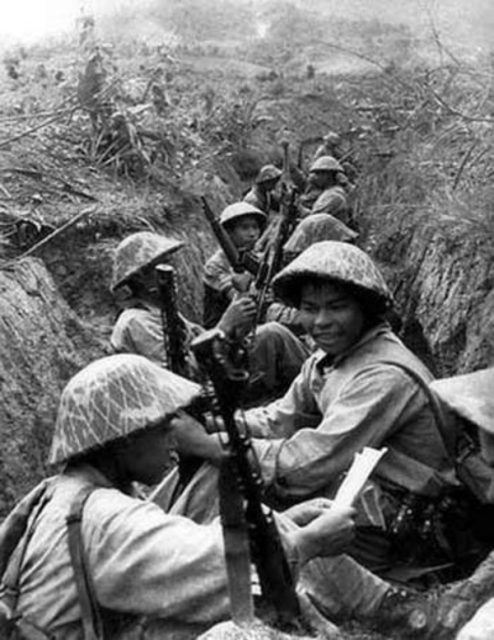
In parts of Asia, they had been driven out and the British returned to rule. The French, their “honor” bruised by their defeat in 1940 and in economic ruin, expected to re-establish their empire overseas in Southeast Asia (and North Africa).
Bu the French were weak militarily, and what forces they did have were mostly in Europe, and lacked the means to return to Indochina any time soon. So…a solution was concocted – one that was so ill-planned that it seems in hindsight to have been purposefully designed to anger the Vietnamese and encourage even many pro-European Vietnamese to join the communists.
This was “Operation Masterdom.” Quite simply, the plan was for British and British colonial troops (mostly Indians) who were already in Asia to move into southern Vietnam at Saigon and begin to re-establish control of the country until the French could re-assert themselves.
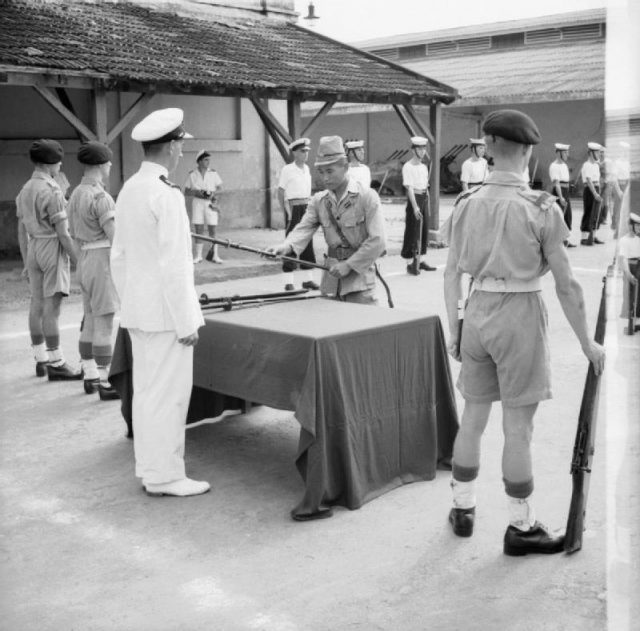
This was a problem in many ways – the first being that in the time between the formal Japanese surrender in early September 1945 and the arrival of the British at the end of the month, a meeting of various Vietnamese groups in Hanoi led by Ho Chi Minh had declared Vietnam to be an independent nation.
That was ignored. To add insult to injury, the forces to control the north of the country until the French could arrive would be the Japanese Army! This was over 40,000 men who would be under British command.
To say that the Vietnamese were angered by this would be a serious understatement.
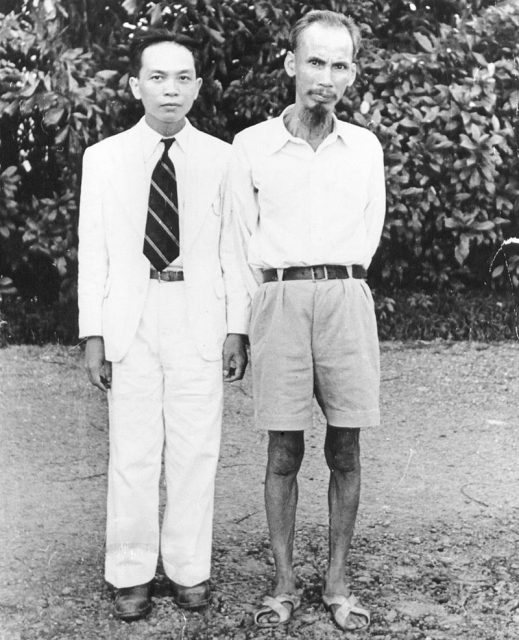
Riots, demonstrations, and small-scale Viet Minh attacks (especially in the countryside of the North where they were strongest) ensued.
However, the Vietnamese were by no means strong enough at the time to fight both the British and the Japanese in anything like a full-scale war. That would have to wait.
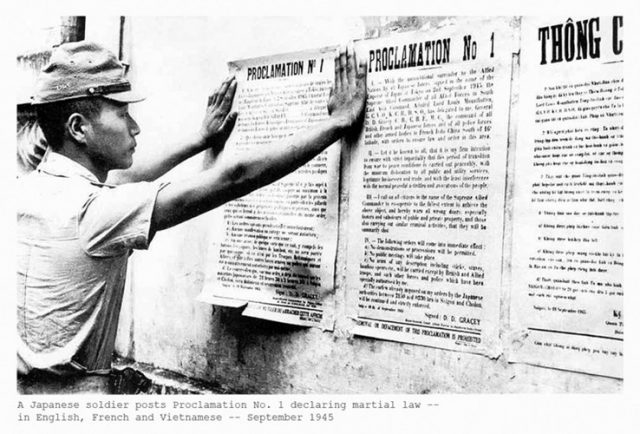
By the spring of 1946, enough French troops had arrived in Vietnam for the British and Japanese to leave. By 1956, the Viet Minh had succeeded in defeating the French in the field and forcing them to agree to leave the country.
However, pro-Western Vietnamese in the South succeeded in establishing their own “republic,” best known as “South Vietnam”.
From 1956 to 1975, the communists of the North (with aid from the USSR and Communist China) fought against the South, which was supported and kept alive by the United States. In 1975, the unified Democratic Republic of Vietnam was born.
Matthew Gaskill holds an MA in European History and writes on a variety of topics from the Medieval World to WWII to genealogy and more. A former educator, he values curiosity and diligent research. He is the author of many best-selling Kindle works on Amazon.
